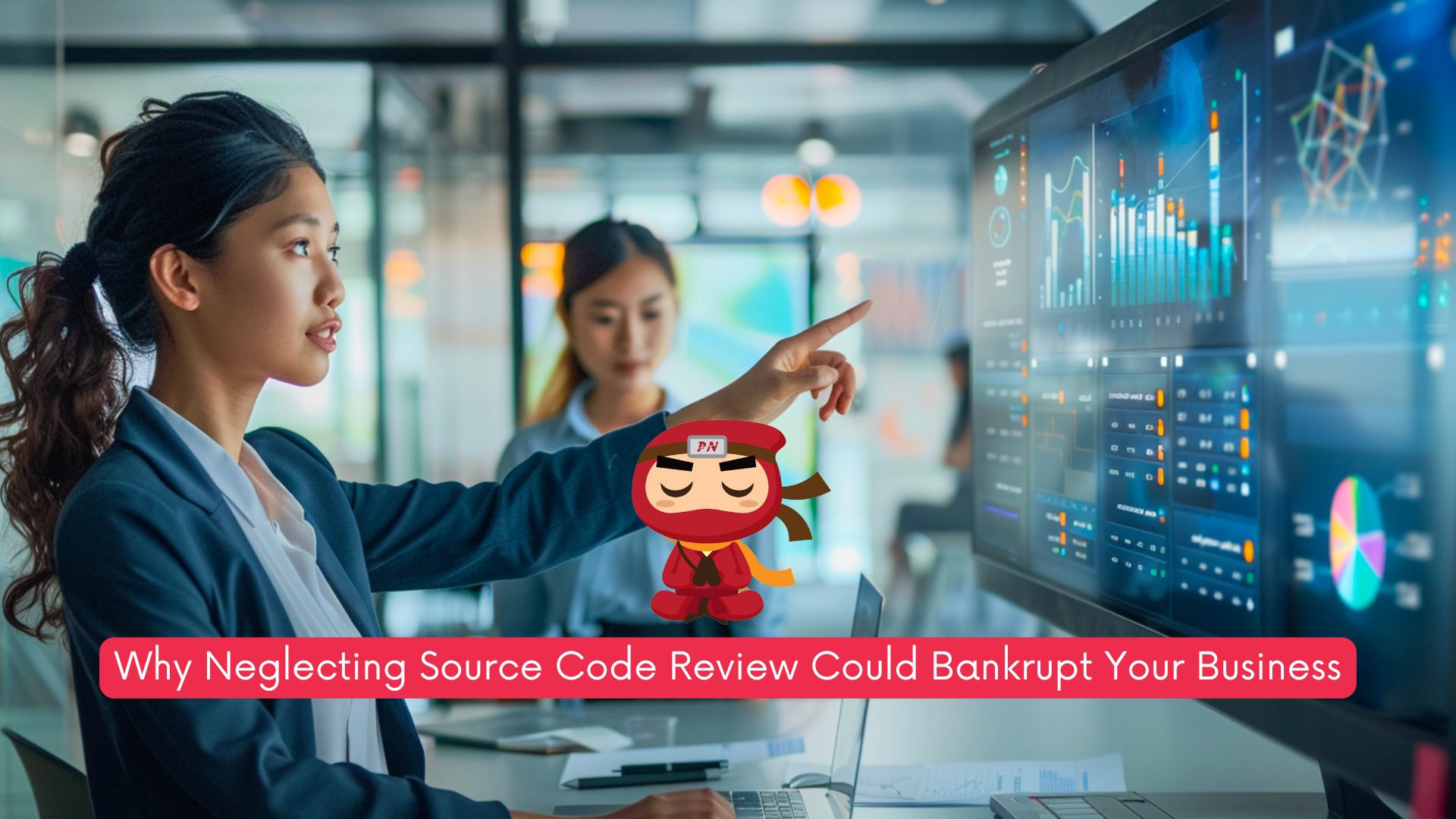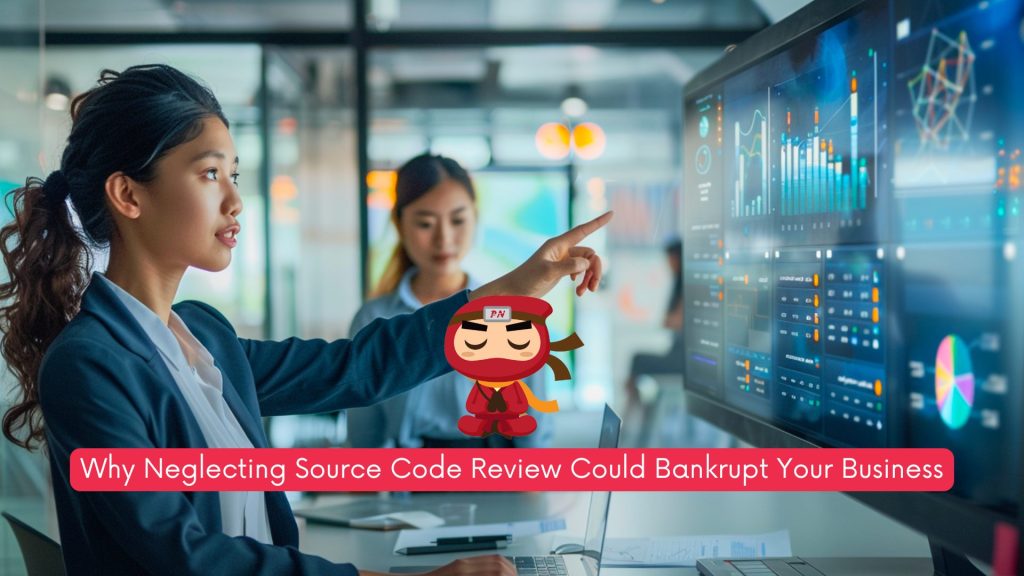KEEP IN TOUCH
Subscribe to our mailing list to get free tips on Data Protection and Cybersecurity updates weekly!







In today’s digital landscape, where software underpins everything from banking systems to healthcare infrastructure, the integrity of source code has become a make-or-break factor for organisational security. Source code review — the meticulous examination of a program’s foundational instructions — stands as one of the most effective ways to uncover vulnerabilities, ensure compliance, and maintain robust application security. Yet, despite its proven value, many businesses still treat code review as an afterthought rather than a fundamental requirement.
The consequences of this oversight are severe. According to IBM’s 2023 Cost of a Data Breach Report, nearly 45% of security incidents stem from application code vulnerabilities, with the average breach costing over $4.5 million. This article explores why professional source code review is indispensable, outlines the review process, examines real-world breaches caused by inadequate code scrutiny, and explains how partnering with experts like Privacy Ninja can safeguard your systems.
A thorough source code review serves as the backbone of software security and quality. Unlike automated scans, which often miss nuanced flaws, manual reviews by experienced engineers can detect complex vulnerabilities such as logic errors, insecure dependencies, or subtle implementation mistakes that might enable privilege escalation or data leaks.
Beyond security, code reviews ensure compliance with stringent regulations like the GDPR, HIPAA, or PCI-DSS. For industries handling sensitive data, such as finance or healthcare, skipping this step can result in crippling fines.
Cost efficiency is another critical benefit. Research by IBM’s Systems Sciences Institute reveals that bugs identified during code review cost six times less to fix than those discovered post-deployment. Moreover, reviews enhance overall code quality — improving maintainability, performance, and scalability while fostering better collaboration among development teams.
Professional code review follows a structured methodology to ensure comprehensive analysis. The process begins with planning and scope definition, where teams identify high-risk components — such as authentication systems or payment processors — that require prioritised scrutiny.
Next, automated static analysis tools like SonarQube or Checkmarx perform initial scans for common vulnerabilities. While useful for catching obvious flaws, these tools miss nearly half of critical issues, as noted in NIST studies. This is why manual expert review remains irreplaceable. Senior developers conduct line-by-line inspections, focusing on input validation, cryptographic implementations, access controls, and error handling. This phase often uncovers subtle risks like race conditions or memory leaks that automated tools overlook.
An architectural review then evaluates the system’s design for flaws in data flows or component interactions — particularly vital for distributed systems where microservices might introduce unexpected vulnerabilities.
After documenting findings with severity classifications (Critical/High/Medium/Low), the team provides actionable remediation guidance. Crucially, verification testing ensures fixes resolve vulnerabilities without introducing new issues — a step many organisations regrettably skip.
The fallout from inadequate code scrutiny can be catastrophic. Security breaches are the most immediate threat. The 2022 Log4j vulnerability crisis, which compromised millions of systems worldwide, demonstrated how undetected flaws in widely used libraries can spiral into global emergencies.
Financial losses are equally devastating. The Poly Network hack in 2021, which saw attackers steal $611 million due to access control flaws, could have been prevented with proper code review. While most funds were recovered, the reputational damage lingered for months.
Regulatory penalties add another layer of risk. In 2023, a healthcare provider faced $1.2 million in HIPAA fines after an unvetted patient portal exposed protected health information. Forensic analysis later showed the vulnerability would have been trivial to spot during development.
Perhaps most damaging is the erosion of trust. When a fintech startup lost $47 million from uncaught smart contract flaws, investor confidence collapsed — despite eventual recovery efforts.
Recent breaches demonstrate the catastrophic costs of inadequate code scrutiny. The 2020 SolarWinds attack saw hackers compromise software updates distributed to thousands of organisations by infiltrating the build system. Rigorous third-party code reviews could have detected the malicious injections before distribution, potentially preventing one of history’s worst cyber espionage campaigns.
Twitter’s 2021 API breach exposed 5.4 million accounts when hackers exploited a basic input validation flaw — exactly the type of oversight proper code reviews catch. The incident damaged user trust and required extensive reputation repair.
Most staggering were North Korea’s DeFi exploits (2022-23), where hackers stole $1 billion by targeting unaudited protocols. Common vulnerabilities like reentrancy flaws, easily caught in professional reviews, became low-hanging fruit for attackers. These preventable breaches reveal a hard truth: code review isn’t just about quality — it’s a vital shield against existential business risks. Organisations that neglect it pay dearly, while those who prioritise it gain a critical defensive edge.
Professional source code review delivers maximum value when integrated with complementary security measures — an approach Privacy Ninja exemplifies through its holistic service offerings. While code reviews systematically eliminate vulnerabilities at the development stage, they work best as part of a layered defence strategy that addresses risks throughout an application’s lifecycle.
This integrated methodology is where Privacy Ninja excels. Our code review service naturally complements our smart contract audits, which apply similar rigorous scrutiny to blockchain applications. For live systems, our Vulnerability Assessment and Penetration Testing (VAPT) services identify runtime weaknesses that static code analysis might miss. Meanwhile, our Data Protection Officer as a Service (DPOaaS) ensures ongoing compliance with evolving regulations — closing the loop between technical security and legal requirements.
What sets Privacy Ninja apart is how these services reinforce one another. Our code reviewers understand the vulnerabilities that pen testers typically exploit, while our compliance experts ensure fixes meet regulatory standards. This cross-functional expertise creates a security multiplier effect — where the whole becomes greater than the sum of its parts. Post-review workshops extend this value by transforming findings into institutional knowledge, helping teams write more secure code long after the audit concludes.
For organisations seeking comprehensive protection, this interconnected approach proves far more effective than standalone code reviews. It’s the difference between patching individual leaks and rebuilding the entire pipeline — a distinction that often separates breached companies from resilient ones.